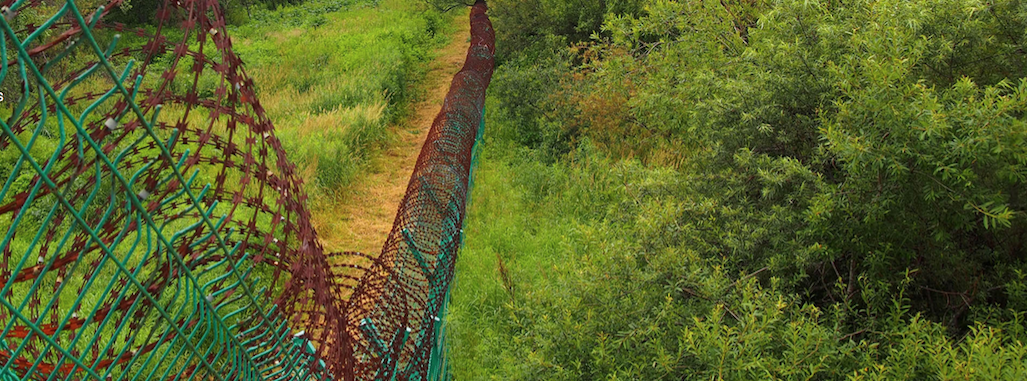
Suifenhe (绥芬河), occasionally referred to as Sun’ka (Сунька) by Russians, is a fascinating border city in northeast China, situated on the Suifun River (or Razdol’naya River in Russian). It was a sleepy and stagnant small rural town until the late 1980s. Its rapid growth and expansion in the last two decades was made possible by the opening of the border with Russia following the collapse of the Soviet Union. As Russians started pouring into the city to purchase cheap consumer goods, Suifenhe also became a gateway to the Russian Far East for the Chinese traders. In recent years, Suifenhe’s economy has grown increasingly dependent on the Chinese consumers from inner parts of China who want a taste of Russia without actually crossing the border. Meanwhile, Suifenhe has become much less attractive to Russians themselves, partly because the rising value of the Yuan against the Rouble makes Suifenhe less economically attractive, and partly because Russian customers are looking for a more comprehensive range of goods. Therefore, paradoxically, the more Suifenhe becomes a “Russian” city for the Chinese, the less attractive the city becomes for Russians.
Research
Suifenhe, at the far eastern end of the Sino-Russian border is a fascinating border town. Like Heihe, it has grown from a sleepy village into a sizeable town following the opening of the border, however its ethnic makeup is completely different. Historically, the region has been dominated by Koreans living on both sides on the border in both Russia and China, as well as in neighbouring North Korea. Until the Stalinist period, the Korean population was extremely active in crossborder trade. Since the 1990s the role of Koreans as middlemen and interpreters has once again become significant, though this is only observable with close fieldwork research.
This research project was concerned with contrasting local understandings, orientations and development on both sides of the border. Although the region is a continuous landmass, with a similar climate and natural geographical features, the infrastructure and human landscape differs dramatically. In the Russian Primorskii Krai province, the land is poorly developed with few, disintegrating roads. On the Chinese side, cities are well connected thanks to the recent development of infrastructure.
Although the cities of Suifenhe (绥芬河) and Ussuriisk (Уссурийск) are both marginal to their respective countries, their worldviews remain aligned on those of their nations, with dramatic differences on both sides of the border. Research findings suggest that economic changes and increasing development projects funded by the central government also influences local views in both China and Russia.




